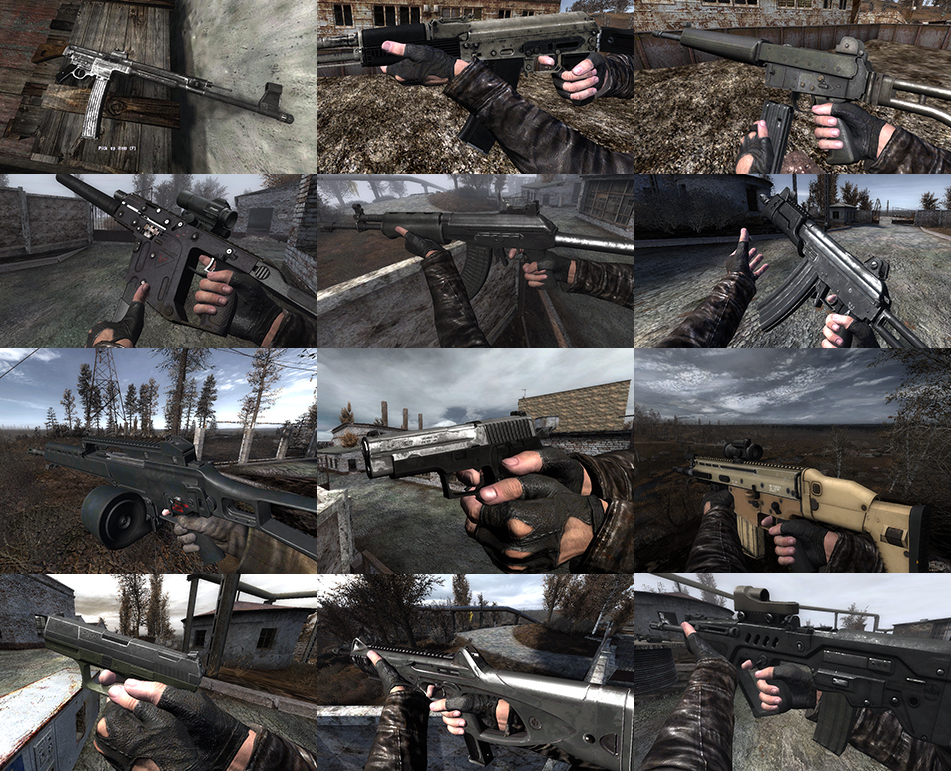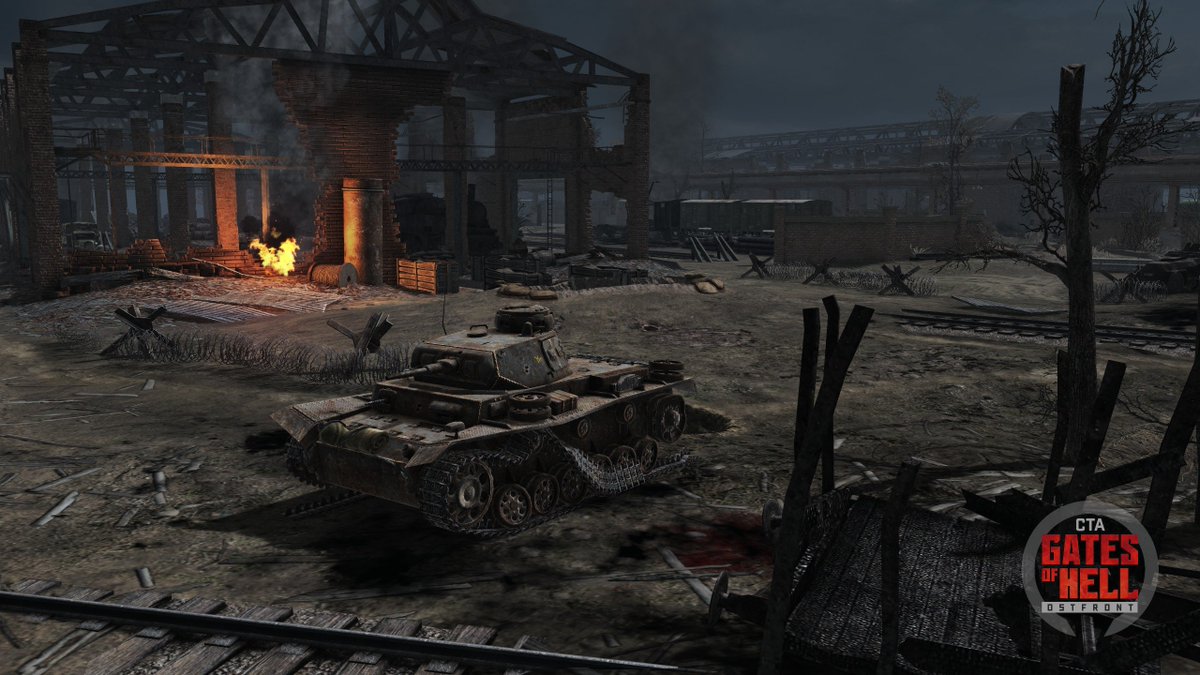



“It’s full of artillery shells, and they’re all deteriorating and becoming more sensitive over time,” says Cooke. And years later it languishes with its deadly cargo of some 1,400 tonnes of high explosive becoming more unstable by the day. Wrecked on a sandbank near Sheerness in Kent during a storm in 1944, the SS Richard Montgomery was a so-called US Liberty ship delivering much-needed ammunition to help in the war effort. There are slightly enhanced drills and pump systems for putting the salt water in, but it’s still the same process.” And because modern bombs are different, the WWII principles still apply to the WWII bombs, there’s no other way of dealing with them. “A lot of people died figuring out how these things worked. “The guys during the war were proper pioneers,” says Welch. Interestingly, while there have been some technological developments – such as remote “stethoscope” equipment used to listen for the tell-tale ticking of a reactivated timer – the methods used to deal with WWII ordnance haven’t changed much since the war.

This saltwater is left in the fuse for a certain amount of time and then expelled, leaving behind salt crystals that jam up the cogs, ensuring the timer will no longer work. Once the fuse has been identified, the EOD officer can decide on the correct procedure.įor instance, if it’s a “number 17” (a time-delay fuse that could be set to detonate the bomb anytime between two and 80 hours after the bomb hit the ground), the procedure is to drill into the fuse and pump a saltwater solution through the fuse itself. Fortunately, says Welch, who now runs one of the UK’s largest private bomb disposal firms, Ramora UK, it’s relatively easy to identify WWII-era fuses from the codes that were punched into the fuse body during the manufacturing process. Fuse Immunisation, as it’s known, typically involves drilling into the fuse and introducing a solution that neutralises the chemicals.Īs Dave Welch, a former Royal Navy bomb disposal officer, explains, this process varies depending on the type of fuse. The first and most critical step in the so-called Render Safe Process (RSP) is therefore to deactivate the fuse. In his analogy the match, the most sensitive component in the whole chain, is the fuse, and the coal the explosive. For larger items, the structure required would be so enormous that this approach isn’t an option.Ĭooke likens the design of a bomb to the process of making a fire: you light a match, ignite some paper, set fire to some kindling and finally ignite the coal. For smaller devices it’s often possible to build a protective structure around the bomb and detonate it where it lies. What happens next depends largely on the size of the bomb.


 0 kommentar(er)
0 kommentar(er)
